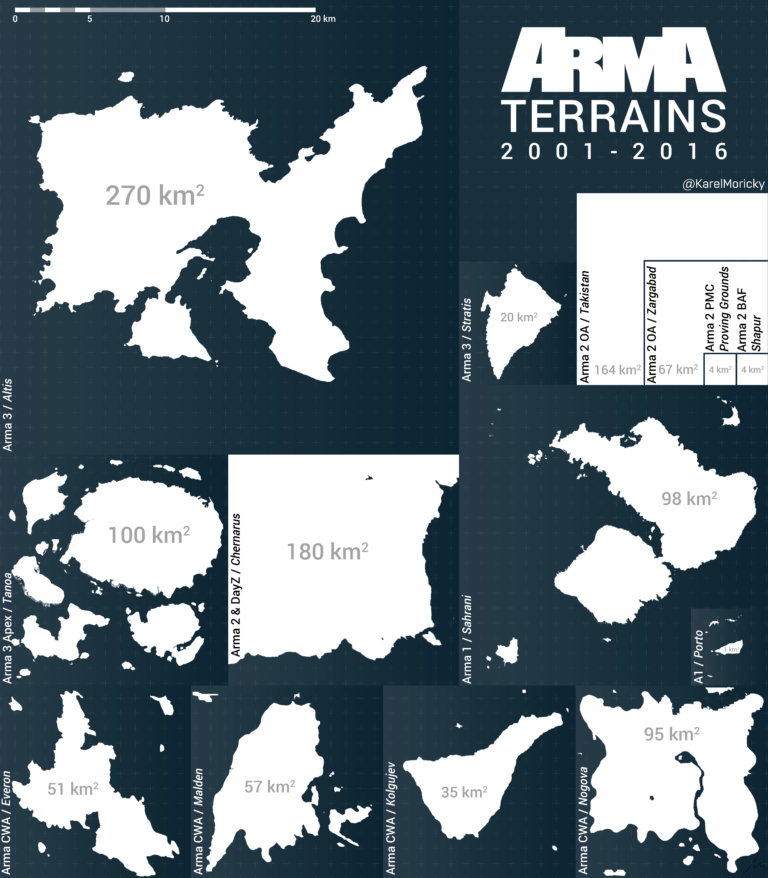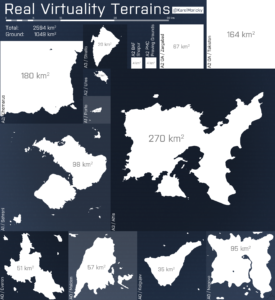
How do you tell a story in an authentic military game like Arma?
There are many narrative devices. The most obvious of these comes from the personal experiences of principle characters. It’s a perfect way to show unique points of view but does pose certain limitations when it comes to exploring a bigger picture. Despite featuring many interesting protagonists, from David Armstrong in the original Operation Flashpoint to Nathan McDade in Arma 3 Laws of War, the game has never really been about them. Arma is not a game about individuals, but rather of armies, factions, nations, and their conflicts.
Exposition of such complex themes can be challenging, and over the years we have tried many different methods: simple titles on a black background, pictures with a voiceover, conversations between team-mates, officers giving briefings in front of a screen. They all work, but in the end, they are not really how we engage with real wars, at least for the majority of us who have not actively participated in any such conflict. Our perception of combat comes only from secondary sources: books, films, games, documentaries and, most importantly, from news coverage.
Scenes of a night battle, with tracers lighting up the sky, the distorted voice of a war correspondent describing the events, BREAKING NEWS flashing up on the TV, with a news ticker running along the bottom of the screen; we are all familiar with these images, as we’ve seen them so many times. It is through the lens of the media then, that the viewer has been able to observe most modern conflicts. But this does not necessarily reflect how events look from the perspective of the people on the ground.
News is a universal narrative device. Within one minute, you can introduce different locations, factions and time frames. Throw in some maps and quotes and add intentional misinformation and bias as a cherry on the top. It can feel impersonal and detached, but for Arma, a game which seeks to portray war without too much bravado and heroism, it fits perfectly.
More than a decade ago, we created AAN World News, a fictional media organization which helped us to tell stories across multiple projects. It started modestly, but eventually went on to become a major part of the interconnected Armaverse, producing news articles, video reports, press conferences and interviews, both in the games and outside of them. Now I’d like to tell its story.





